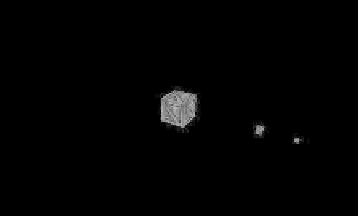Game Development Reference
In-Depth Information
ï?®
centerX
,
centerY
, and
centerZ
specify a point in the world that the camera
looks at.
ï?®
upX
,
upY
, and
upZ
specify the
up vector
. Think of it as an arrow coming out at
the top of your skull, pointing upward. Tilt your head to the left or right and
the arrow will point in the same direction as the top of your head.
The up vector is usually set to (0,1,0), even if that's not entirely correct. The
gluLookAt()
method
can renormalize this up vector in most cases. Figure
10-19
shows our scene with the camera at
(3,3,0), looking at (0,0,-5), as well as its “real� up vector.
Figure 10-19.
Our camera at position (3,3,0), looking at (0,0,-3)
We can replace the code in the
HierarchyScreen.present()
method we changed before with the
following code snippet:
gl.glMatrixMode(GL10.GL_MODELVIEW);
gl.glLoadIdentity();
GLU.gluLookAt(gl, 3, 3, 0, 0, 0, -5, 0, 1, 0);
This time, we also commented out the call to
sun.update()
, so the hierarchy will look like the
one shown in Figure
10-19
. Figure
10-20
shows the result of using the camera.
Figure 10-20.
The camera in action


